Therapy Match Tool
What is the primary communication challenge?
How severe is the challenge?
Recommended Therapy
Based on evidence from 2023-2024 studies. Always consult a certified speech-language pathologist.
This tool helps match therapy techniques to your specific communication challenges. For best results, follow the recommended intensity and combine with home practice.
Speech therapy is a rehabilitative practice that helps individuals regain communication abilities after neurological injuries such as stroke. When a brain‑injury like a stroke disrupts language pathways, the road to clear speech can seem endless. This guide breaks down the most evidence‑based techniques, explains when each works best, and offers practical tips for survivors and caregivers.
Key Takeaways
- Understanding the type of speech loss (aphasia vs. dysarthria) guides therapy choice.
- Constraint‑Induced Language Therapy, Melodic Intonation Therapy, LSVT, and AAC each address specific deficits.
- Intensive, task‑focused practice drives neuroplastic change.
- Combine techniques for blended programs when multiple impairments coexist.
- Home practice and caregiver involvement dramatically boost outcomes.
Understanding Post‑Stroke Communication Challenges
After a stroke, the brain’s language network can be damaged in several ways. The two most common disorders are:
- Aphasia: loss of language comprehension or expression, often resulting from damage to the left hemisphere’s language centers.
- Dysarthria: weakened or uncoordinated muscles that produce slurred speech, typically tied to motor‑control pathways.
Both conditions can coexist, and each demands a slightly different therapeutic focus. Recognising whether the primary barrier is linguistic (finding the right words) or motoric (forming the words) is the first step toward a successful rehabilitation plan.
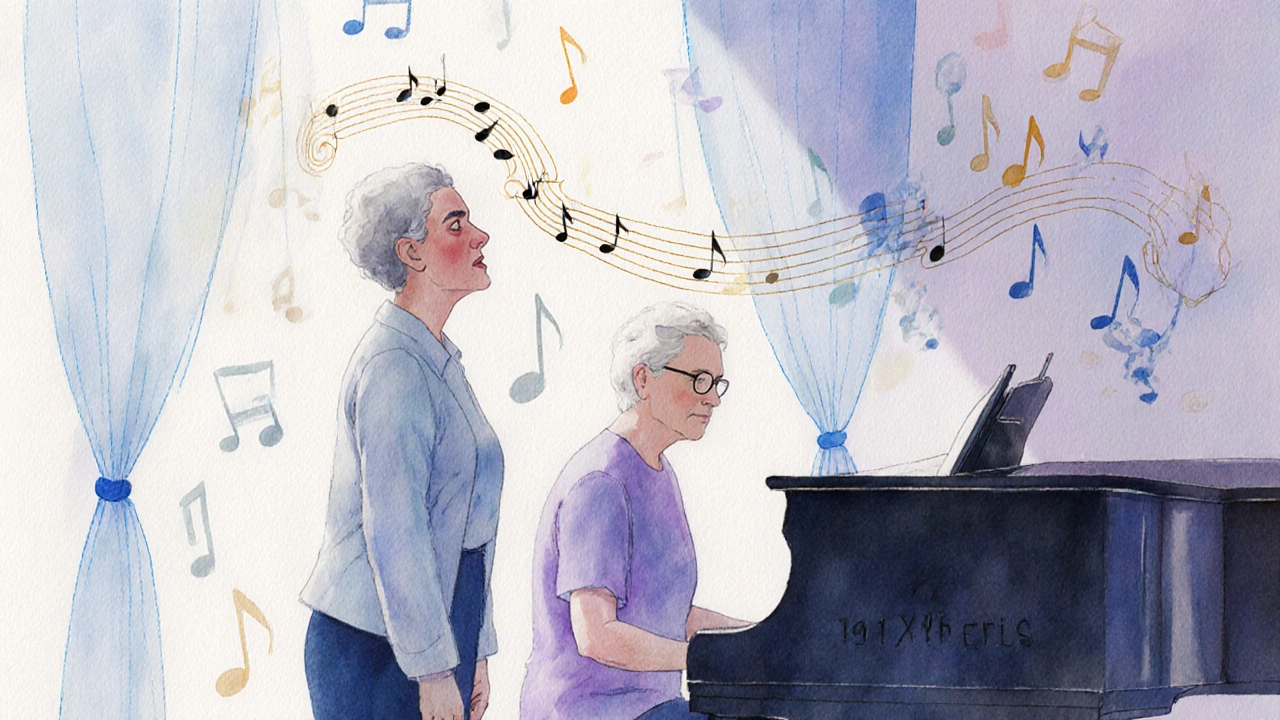
Core Principles of Effective Speech Therapy
Research from the past decade highlights three principles that power recovery, regardless of the specific technique:
- Intensity: Sessions that total 10+ hours per week yield significantly better outcomes than low‑dose schedules.
- Task Specificity: Practising real‑world communication tasks (ordering coffee, making a phone call) engages the same neural circuits used in daily life.
- Neuroplasticity: The brain’s ability to reorganise is boosted when therapy pushes the patient just beyond their comfort zone, encouraging new synaptic connections.
These principles underpin each of the techniques discussed below.
Proven Therapy Techniques
Constraint‑Induced Language Therapy (CILT)
Constraint‑Induced Language Therapy forces the survivor to use spoken language rather than alternative communication modes. Patients work on naming, sentence‐building, and conversational drills for 3‑hour blocks, 4‑5 days a week, over 2‑4 weeks. The “constraint” aspect-blocking gestures or picture boards-drives the brain to reactivate the damaged language centers.
Evidence: A 2023 multicenter trial showed a 22% improvement in the Boston Naming Test for CILT participants versus standard care.
Melodic Intonation Therapy (MIT)
Melodic Intonation Therapy uses the musical elements of speech (pitch, rhythm) to tap right‑hemisphere pathways. Patients chant short phrases with exaggerated intonation, gradually shifting to normal speech rhythm. Sessions are typically 45‑60 minutes, 3‑5 times weekly.
Evidence: A 2022 meta‑analysis of 14 studies found that MIT produced a 1.5‑point gain on the Western Aphasia Battery compared with no‑treatment controls.
Lee Silverman Voice Treatment (LSVT)
Lee Silverman Voice Treatment, originally designed for Parkinson’s disease, is highly effective for dysarthria. The program focuses on high‑effort vocal exercises that increase loudness, pitch range, and articulation clarity. Standard LSVT‑LOUD consists of 4weeks of 4 daily 1‑hour sessions, followed by a maintenance phase.
Evidence: A 2024 randomized trial reported a 30% increase in maximum phonation time and a 25% boost in intelligibility scores after LSVT.
Augmentative and Alternative Communication (AAC)
Augmentative and Alternative Communication is not a therapy per se but a set of tools-picture boards, speech‑generating devices, smartphone apps-that bridge the gap while speech recovers. AAC is introduced early when severe aphasia or dysarthria limits functional communication.
Evidence: A 2021 cohort of 82 stroke survivors using tablet‑based AAC reported a 40% reduction in frustration scores and higher participation in therapy sessions.
Choosing the Right Technique: A Comparison
| Technique | Main Goal | Typical Session Length | Primary Target | Evidence Level (2023‑2024) |
|---|---|---|---|---|
| CILT | Re‑activate spoken language pathways | 3hours per day | Aphasia (expressive) | LevelI (multicenter RCT) |
| MIT | Leverage right‑hemisphere music networks | 45‑60min | Aphasia (non‑fluent) | LevelII (meta‑analysis) |
| LSVT‑LOUD | Increase vocal intensity and clarity | 1hour, 4times/week | Dysarthria | LevelI (RCT) |
| AAC | Provide functional communication bridge | Variable; integrated into daily life | Severe aphasia / dysarthria | LevelII (prospective cohort) |
When a survivor shows mild‑to‑moderate aphasia, CILT or MIT are usually first‑line. If motor speech is the main issue, LSVT‑LOUD shines. For severe cases where any spoken output is limited, pairing AAC with intensive therapy maximises progress.
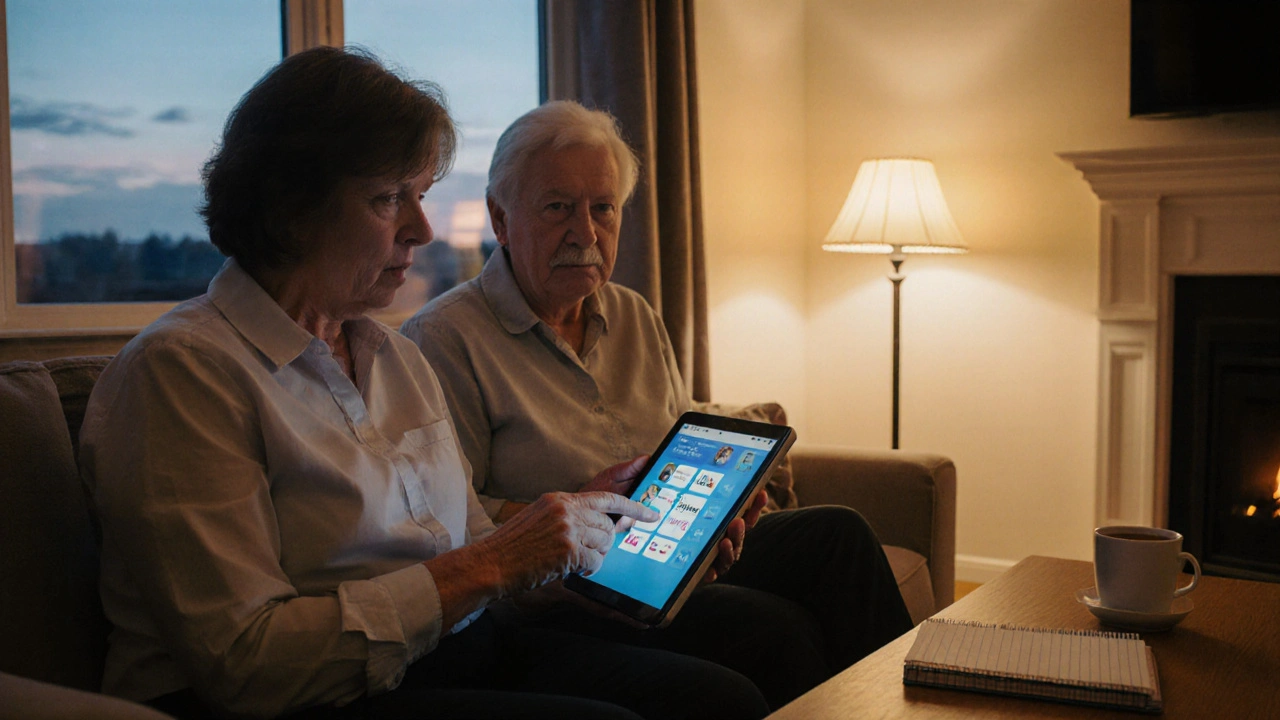
Practical Tips for Survivors and Caregivers
- Set measurable goals. Instead of “talk better,” aim for “order a coffee without assistance in 4 weeks.”
- Schedule intensive blocks. Block out three 1‑hour sessions daily rather than scattered 15‑minute attempts.
- Use technology. Apps like “SpeechPad” or tablet‑based picture boards make home practice easy.
- Record progress. Video or audio recordings let you compare pre‑ and post‑therapy performance.
- Stay social. Join community speech‑therapy groups or online forums; peer interaction reinforces learning.
Common Pitfalls and How to Avoid Them
Even with the best techniques, recovery can stall if certain mistakes creep in:
- Too low intensity. Skipping days or keeping sessions under 30 minutes dramatically reduces neuroplastic gains.
- Relying solely on one method. Mixed deficits often require a blended approach-e.g., combine CILT with AAC for the first month.
- Neglecting fatigue management. Over‑exertion can lead to frustration and reduced motivation. Incorporate short rest periods every 20‑30 minutes.
- Ignoring caregiver training. Family members who learn basic prompting techniques become powerful therapy partners.
Frequently Asked Questions
How soon after a stroke should speech therapy begin?
Evidence shows that starting speech therapy within the first two weeks maximises neuroplastic potential and leads to faster functional gains.
Can a stroke survivor with severe aphasia still benefit from CILT?
CILT is most effective for mild‑to‑moderate aphasia. For severe cases, combining AAC with low‑dose CILT may still provide incremental word‑finding practice while maintaining communication through the device.
Is MIT appropriate for non‑fluent aphasia only?
MIT shines for non‑fluent (Broca’s) aphasia but can aid any patient who retains a sense of rhythm. It’s less helpful for fluent (Wernicke’s) aphasia where comprehension is the main barrier.
Do I need a specialist therapist for LSVT, or can a general SLP do it?
LSVT‑LOUD is a certified program; therapists must complete the LSVT‑LOUD certification to deliver the protocol correctly. A general speech‑language pathologist without this training may not achieve the same outcomes.
How can I keep motivation high during intensive therapy?
Set short, achievable milestones, celebrate each success, and vary tasks (e.g., ordering coffee one day, telling a story the next). Involving a trusted family member as a practice partner also adds accountability.
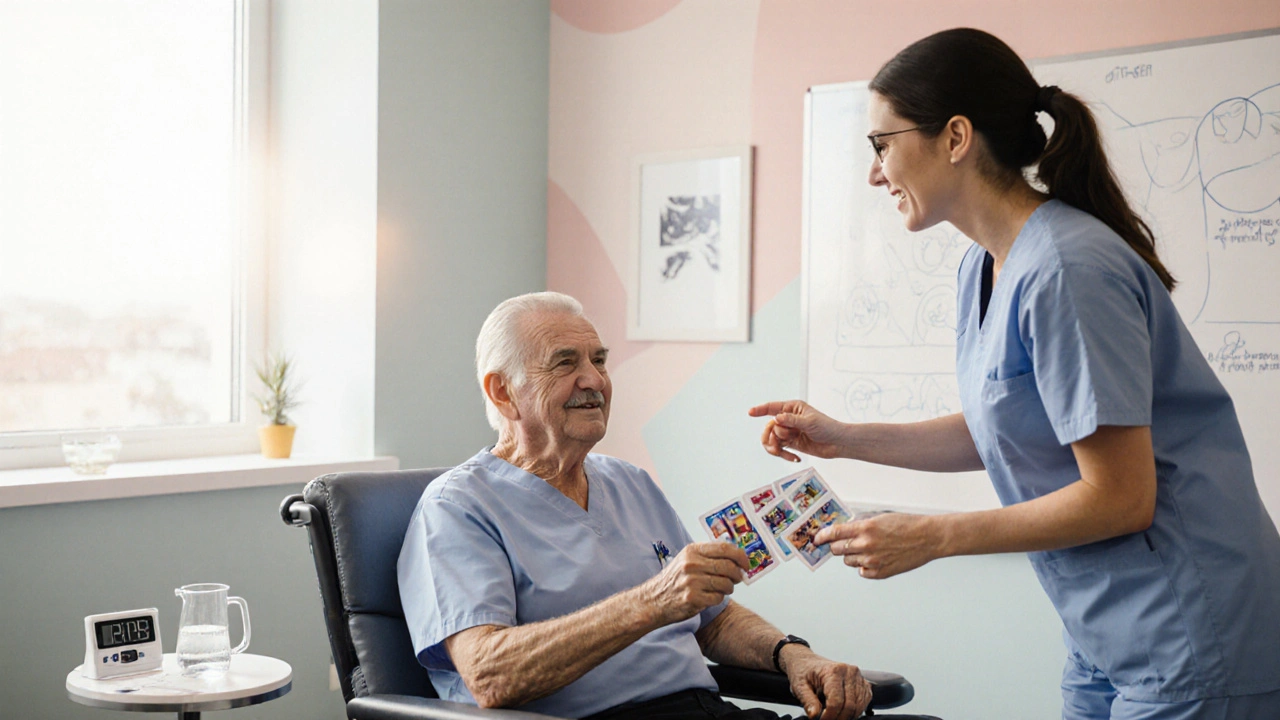
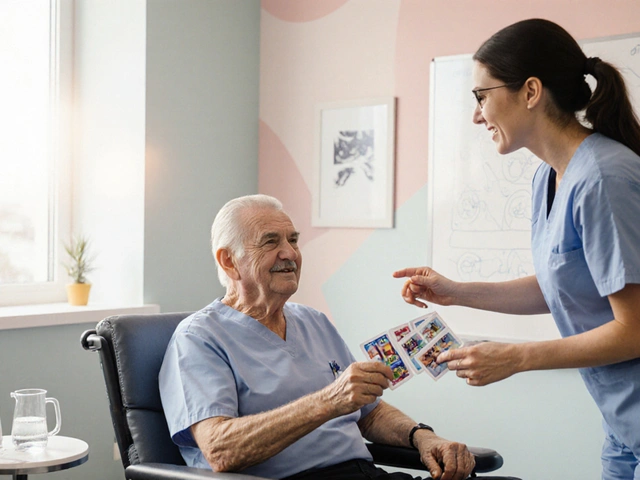
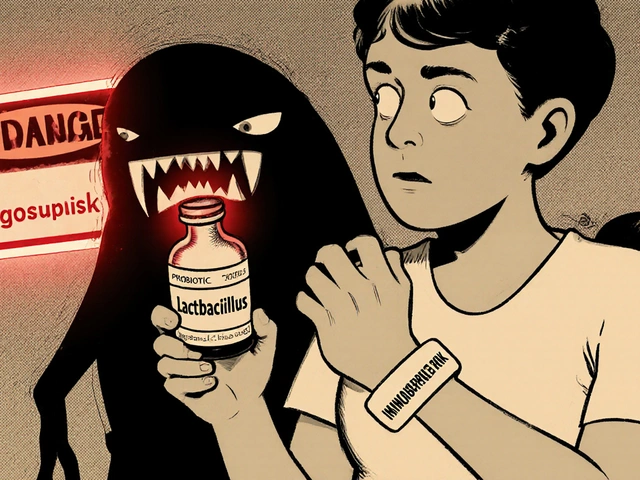
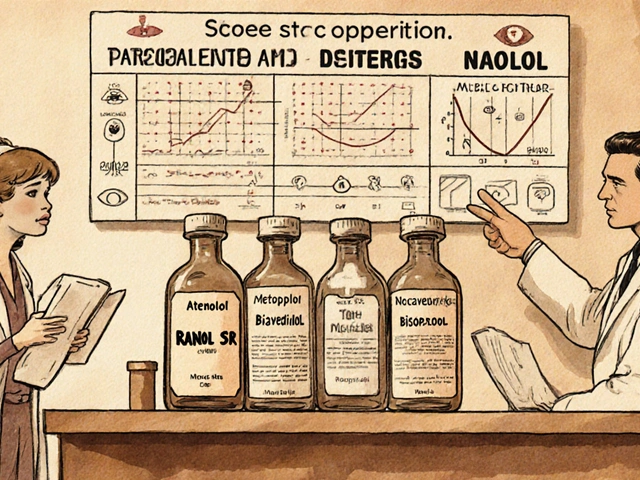
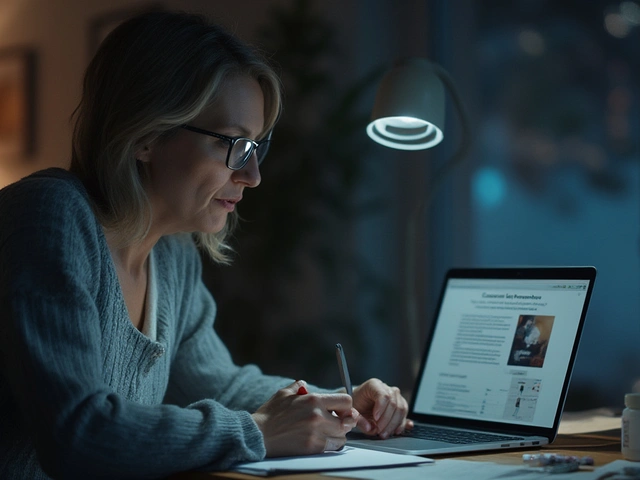
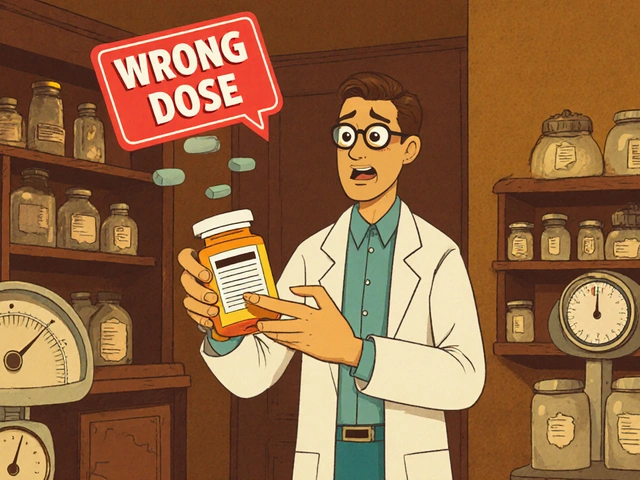
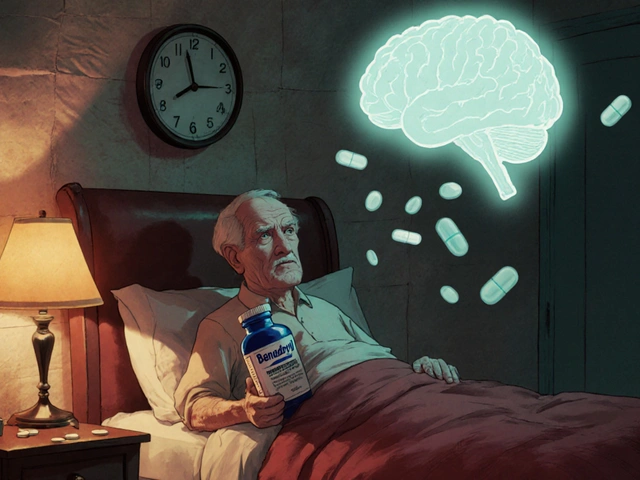
Write a comment
Your email address will be restricted to us